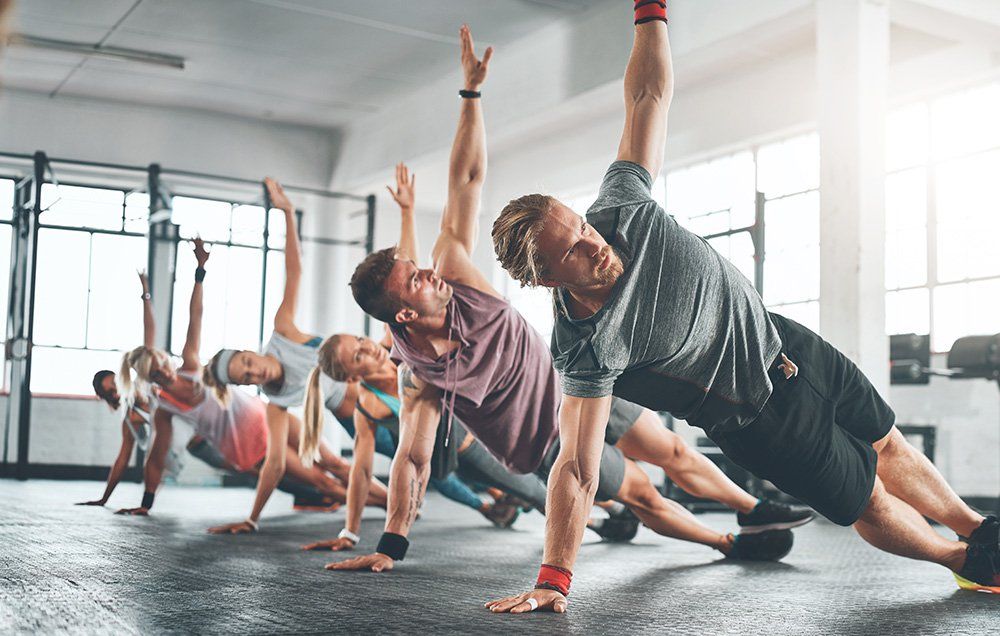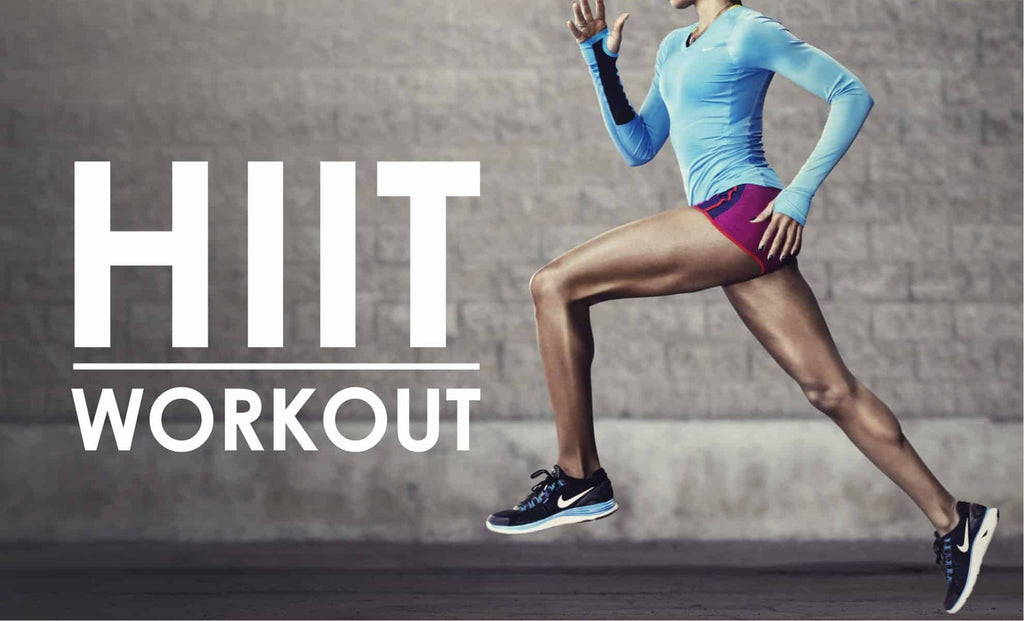
The hottest sports and fitness concept in the past two years is HIIT. This "short-term and efficient" exercise method is very suitable for the tense life rhythm of contemporary society and has become the darling of media communication.
As the public pays more attention to HIIT, academic research on it has gradually increased. More and more research results prove that the effect of HIIT is not as high as that of the media.
In our daily exercise process, there are indeed many people who are unable to implement the HIIT plan well. They just follow the video and make HIIT a high-intensity aerobic exercise. Naturally, it is difficult to achieve a better training effect.
Today, let’s talk about what HIIT is and how to practice it to achieve the best results!
What is HIIT?
HIIT is the abbreviation of High-Intensity Interval Training, literally translated as "High-Intensity Interval Training".
It is not a special training system, there are no specific training actions and planning principles, it is actually a training arrangement.
In HIIT, you can select only one action, or you can select multiple actions, intermittently and cyclically. The interval is short, and the next set does not wait until the physical strength is fully recovered.
Its characteristic is high strength. It requires each of our training groups to do our best.
The problem here is that "high intensity" itself is a relative concept, not an exact quantitative indicator. The same plan intensity is high for some people and low for others.
There are also many ways to measure intensity, such as quantity, weight, or our own oxygen uptake and heart rate, as well as the trainer's own feeling (in scientific experiments, the heart rate is used to measure more, and the lesser part is measured by oxygen uptake).

The openness of action selection also determines the different directions of HIIT training. For example, a group of 3rm high turns and a group of N at a specific time. This explosive training can be called HIIT; the short-term squat 8*8 strength training can also be called HIIT; and the sprint intermittent running, burpee, and other cardiopulmonary events It can also be combined into HIIT.
This also resulted in "there are a thousand kinds of HIIT in a thousand people's hearts". At least literally, it is a very broad concept.
Later, the widespread dissemination of this concept was some lightweight, simple exercises that didn’t even require going to the gym, and at the same time could bring greater pressure to the body, that is, cardiopulmonary training,
Therefore, today's HIIT concept is more of high-intensity cardio training.
How effective is HIIT?
The characteristic of HIIT is that it provides a relatively large amount of training in a short period of time, and the unit time brings higher consumption to the body.
But here is the source of controversy, whether it is a practice or academic research, there are obvious contradictions here.
Some people say that HIIT can consume more fat, but there are also studies that show that HIIT consumes more glycogen, and the efficiency of lipolysis will be reduced under high intensity.
Some people say that excessive oxygen consumption after HIIT is very high, and fat will continue to burn after training, but there are also studies showing that excessive oxygen consumption after HIIT is much lower than after pure strength training, and it is not higher than after prolonged aerobic training. many.
What is certain is that HIIT training will indeed improve the utilization of oxygen per unit time, but the metabolic status may vary from person to person. After all, the actual training is very different from experimental conditions. To entangle these theoretical conclusions, it is better to look at its help and influence on actual training and life.
What are the advantages and disadvantages of HIIT?
Advantages
The biggest advantage of HIIT is that it is suitable for the rhythm of contemporary life! The feature of "short-term efficiency" is too attractive for urban white-collar workers.
The openness of planning and the lightweight of action selection also determine its suitability for dissemination on network media. A few moving pictures and a short video can arouse your attention and serve as a moving textbook.
If you are usually busy and don't have time to go to the gym or aerobic for a long time, HIIT is indeed the best exercise choice.
Some athletes say that HIIT has a high threshold because of its high intensity, and not everyone can do it. I disagree with this, because "high intensity" varies from person to person. A person who has not exercised much, may run two steps or walk for a while with a heavy load, and his heart rate will reach the HIIT standard.
The biggest advantage of HIIT lies in its openness and compatibility, and it can be combined with its actual situation to plan the plan. If you can run, you can run, and if you can swim, you can swim, and each group can reach your personal limit. Novices try to train in this way, and it also helps to break through the bottleneck at the beginning.
Disadvantages
The problem with HIIT is that under high intensity, there is a higher risk of exercise. Especially for novices, the exercise foundation is poor, and fatigue under high intensity will make people lose the ability to control their own body, and they are prone to sports injuries. It is not uncommon to do HIIT injuries to joints.
At the same time, HIIT, a rapid cardiopulmonary exercise, basically has no requirements for the action mode. The correct action pattern is precisely the basis of exercise. If the high-frequency action is based on the wrong action pattern, it will not only cause damage to the body, but it will be difficult to change if the habit is solidified in the future.
In addition, HIIT has little help for muscle development and strength improvement. Muscles are not only the basis of our exercise but also the best protection for our body. Strength is also the core of the overall improvement of physical fitness.
In order to save time, technical details are not taken care of. This is the biggest problem of HIIT.
How to do HIIT?
For people who have training experience or have a good sports foundation, I support HIIT training when work is busy and time is tight.
For those without training experience, I suggest not to try HIIT blindly. You must start with the basic movement mode. Now there are a lot of online teaching materials. It doesn't take much time to learn a few movements every day and do a few sets of consolidation and consolidation. After the action mode is stable, perform the corresponding HIIT training.
If you have a lot of time to train regularly, it is also beneficial to add a part of the HIIT plan to each training. It can better stimulate your cardiorespiratory endurance and also increase excessive oxygen consumption. For example, Tabata, which is popular all over the world, is a good set of HIIT, which I often use in class. At CommonStrength, our coaching team has also independently developed timing methods such as Mounting, Surfing, Crazy24, etc., which can all be counted as HIIT combinations, and indeed have very good training effects in practice.
Of course, when arranging HIIT, the plan must be reasonable and the actions must be appropriate. Don't blindly follow the trend, watch which videos on the Internet showing off which ones. The essence of training is to be progressive, comprehensive, and suitable for oneself.
I would like to remind everyone here that because HIIT has higher requirements for cardiopulmonary function, it is not suitable for friends with cardiovascular and cerebrovascular diseases.
Here are a few groups of different levels of HIIT plans. It should be reminded that in order to achieve the purpose of HIIT, each group must do its best, otherwise, you may be made into high-intensity aerobics——
Entry-level: Go fast with weights
Try your best to walk fast for the 20s-30s, walk slowly for 30s-40s, complete 15min
Suitable for friends with weaker physical strength or heavier weight.
Elementary: Star jump+ plank
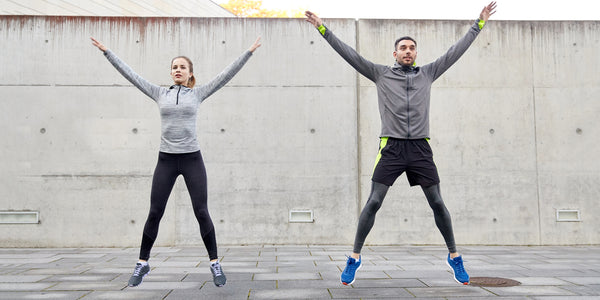
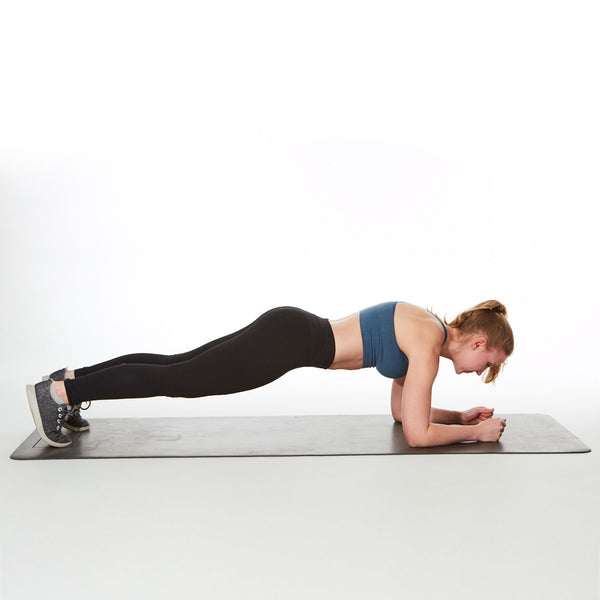
Exercise for the 20s, rest for 40s, alternate between the two movements, complete for 10 minutes
The opening and closing jumps will improve the heart and lungs, and the plank support can fully exercise the core muscles, which can help novices to lay a good foundation.
Intermediate: Intermittent sprint
Sprint for the 30s, jog for 30s, finish alternately for 12 minutes
Don't think that running is easy, sprinting requires a strong cardiorespiratory reserve, and the muscles of the whole body are involved, so you need to have a certain foundation before you try.
Advanced: Burpee+ Kettlebell Swing
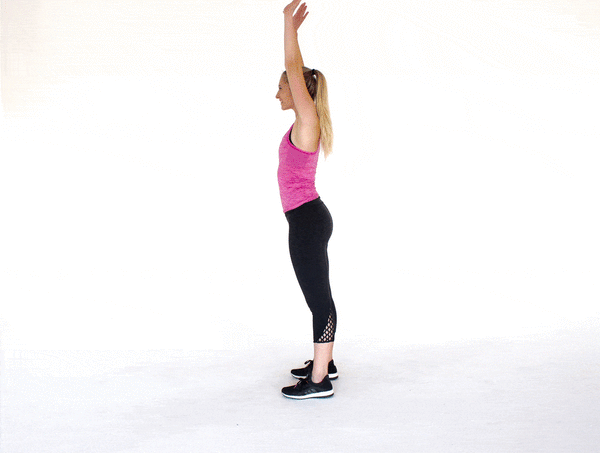
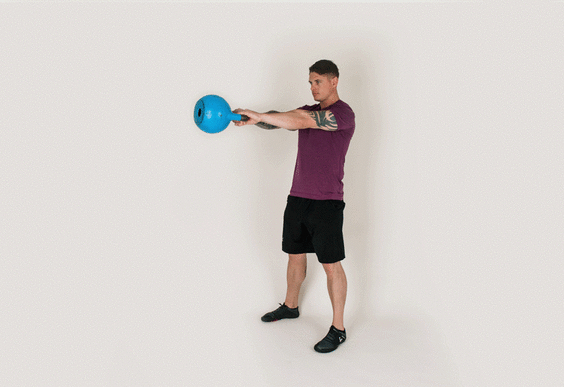
Exercise for the 20s, rest for 20s, alternate between the two movements, complete a total of 16 minutes
Burpee is the best action to improve the heart and lungs quickly. Kettlebell swing involves the muscles of the whole body.
Supreme level: Double Unders + Battle Rope
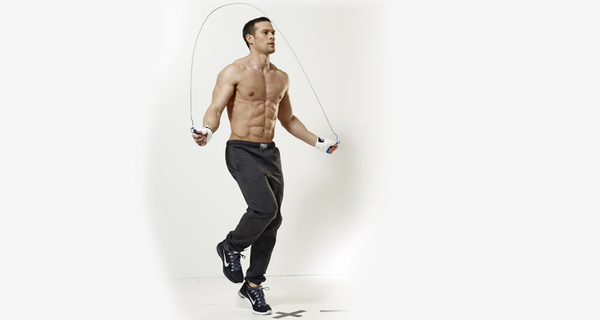
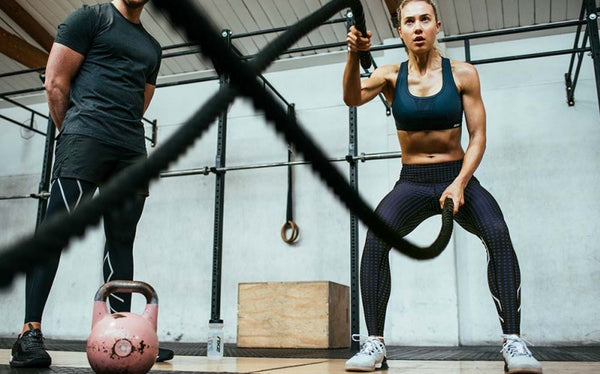
Exercise for the 20s, rest for 10s, complete 16min in total
Dare to try? Guaranteed to explode the heart and lungs!
How often should you do HIIT workouts?
2-3 times.
HIIT is a high-intensity exercise. After the body is subjected to high-intensity training, it needs sufficient time to recover. Therefore, it is enough to do HIIT training 2-3 times a week. That will not only achieve good training results but also Rest and recovery time to reduce the risk of injury.
Hope that one day, you can also challenge the HIIT of the supreme level!
Finally, I have to add one more sentence. Don't believe the fat loss legend of HIIT! If you want to reduce fat effectively, you can’t just do HIIT, you must cooperate with your diet!
In short, for the popular HIIT, there is no need to be a myth or belittle. Its effectiveness is worthy of recognition, and the focus is on how to use it better. Come on!

